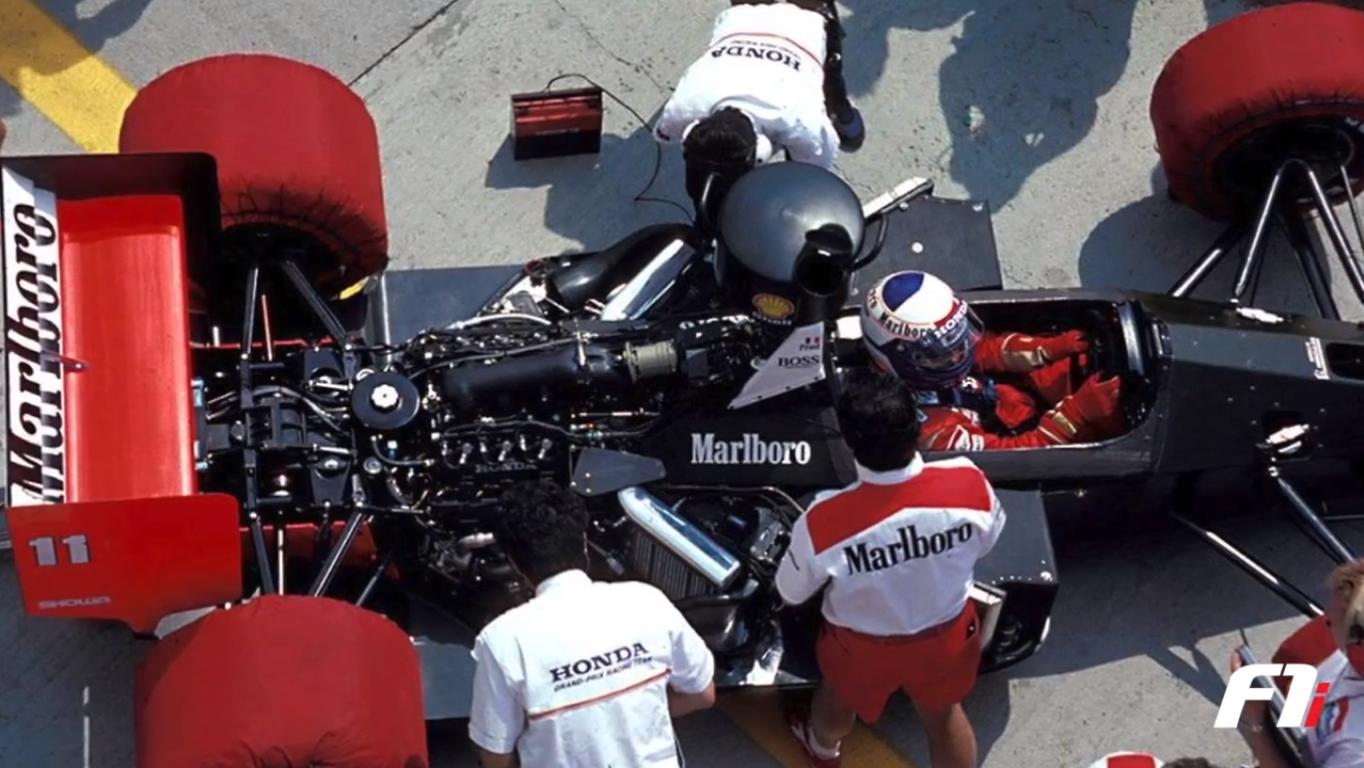Which is only a partial answer. The energy that goes through the ES (battery) is restricted. But you may send unlimited energy from the heat regeneration to the gearbox up to the full time limit of 120 kW. So theoretically you can have 120 kW all the time if we only consider the rules. Practically there is a limit in the thermodynamic energy balance of the turbine and the efficiency of the turbine.xpensive wrote:The power, max 120 kW (163 Hp), is delivered through the same unit as the MGU-K, which is a motor/generator, to the crank.
Max delivery per lap will be 2 MJ (2000 kWs) which means you can enjoy 120 kW for 16.7 seconds.
Ringo has tried to compute the energy or the power that would come from the turbine after the compressor is satisfied. We have seen different values for this power output. An educated guess would be approximately 50 kW electric when the engine is on full power setting.
Part of the MGU-H energy has to be send to the ES in order to replenish the stored energy for spooling up the turbo from idle. But you can theoretically also use braking energy for that purpose. In any case this is a relatively small amount of power.
How is it all managed? We know some things by logical deduction. The turbo must be kept balanced all the time by the SECU software because there is no waste gate. So spooling up and producing electric energy are functions that are fully defined in the design process of the turbo unit. The SECU will only execute the necessary positive and negative torque induction in the electromagnetic coils of the MGU-H to provide the balance according to those design parameters.
Then we have the ES management. We know very little how that will be done, but there must be a program that looks at the loading and unloading of the ES. This program ultimately must set the level of electric power that will be meshed with the ICE power when the driver pushes the throttle pedal. But it does not stop here. There is also a kick down mode that will increase the electric power delivery when activated. This is supposed to work similarly to the KERS button that we now have. When the kick down is activated the rate of electric torque will be increased. Details of this programming are everybodies guess.
To make it even more confusing the ES management program must also consider and manage the kinetic energy recovery.
For that purpose the brake pedal will be generating an hydraulic pressure and an electric signal of that pressure. The pressure signal will tell a rear brake management CPU and program how much electric braking torque is supposed to be generated. This little unit will use a modulating valve to match the electric torque from the MGU-K and the friction brakes. I reckon that there will be separate CPUs for each MGU to do the control of the basic power electronics and to execute the overhead tasks of the energy distribution and storage. All those units have to be controlled by the central ES management unit.
Which brings us to the question of how it will be controlled by the driver. The driver will have a throttle pedal and a brake pedal and the kick down mode as the primary control functions. On top of that he will probably have some rotary dials and switches to influence all those automatic management functions to some degree. I assume that there will be ways to make the kick down and the electric braking more or less aggressive. We can also assume that there will be different engine modes to manage the fuel curve. A safety car can suddenly put you over the programmed fuel curve. The driver may adjust different maps with pre programmed settings to adjust to that situation. There should also be a qualifying mode for the ES management which needs to act different for a qualifying and an in/out lap or a race lap. The driver will probably have a selector switch for that.
But the real nightmare is the cascading and mapping of all these different controllers in a controller network for the design and race engineers. For this purpose the standard control system which is in actual fact a real time multi controller network has been updated big time already one year ahead of the 2014 season. The 2013 cars are already running on this enhanced in car network. The power train manufacturers are very busy now with all these new management functions that need to be designed and implemented in the next six months.
The race engineers will be very busy with new tasks for the first test of the new power units I guess. All these new systems will have to be tested and calibrated and the strategies adapted for different circuits. The guys will be very busy.



